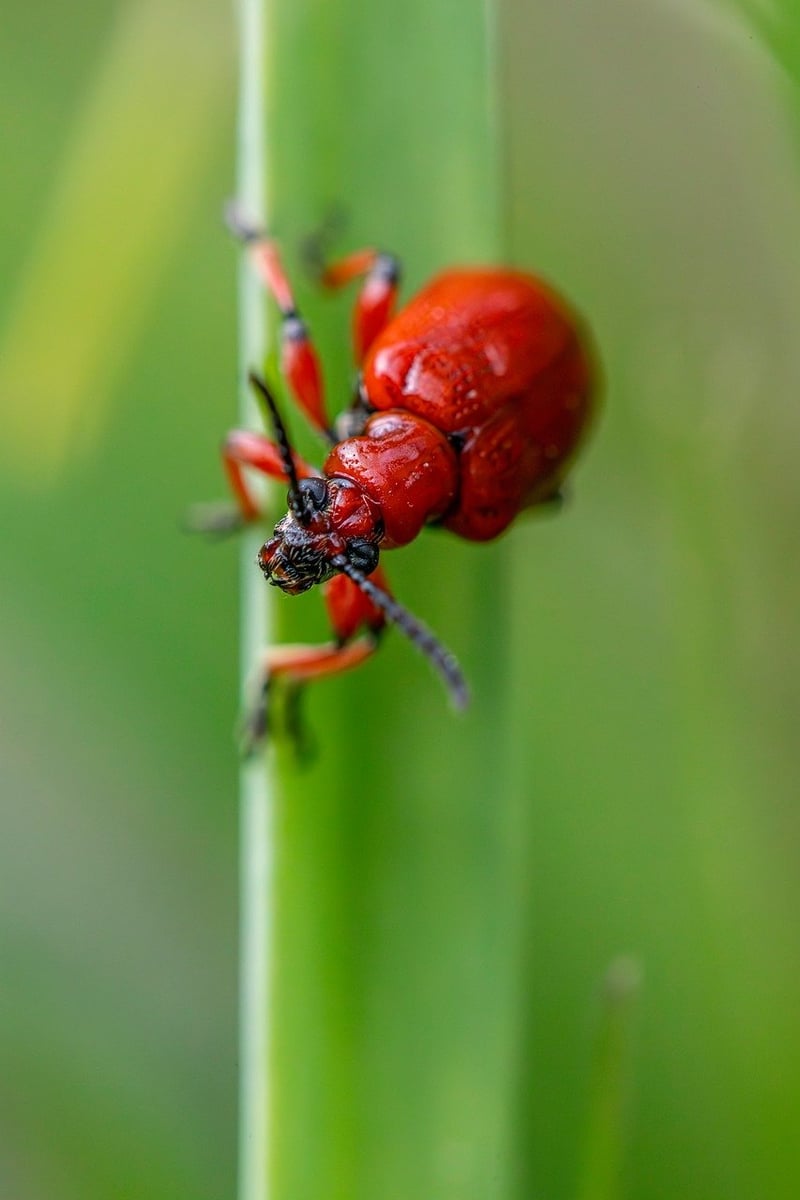Pest Control
Keeping Your Plants Healthy: The Ultimate Guide to Pest Control
Plants are a wonderful addition to any home or garden, providing beauty, fresh air, and a sense of tranquility. To ensure your plants thrive, it's essential to keep them healthy and protect them from pests that can wreak havoc on their growth. Here's a comprehensive guide to help you maintain your plants' health through effective pest control:
1. Identify Common Pests
Recognizing common plant pests is the first step in effectively controlling them. Some common pests include aphids, mealybugs, spider mites, and whiteflies. Identifying the specific pest attacking your plants will help you choose the most appropriate control methods.
2. Natural Pest Control Methods
Consider using natural pest control methods to protect your plants without harming the environment. Some effective natural remedies include neem oil, insecticidal soap, and introducing beneficial insects like ladybugs and lacewings to prey on harmful pests.
3. Maintain Plant Health
Healthy plants are more resilient to pest infestations. Ensure your plants receive adequate sunlight, water, and nutrients. Avoid over-fertilizing, as this can attract pests. Regularly prune your plants to remove diseased or damaged parts.
4. Companion Planting
Companion planting involves growing certain plants together to naturally repel pests or attract beneficial insects. For example, planting marigolds alongside vegetables can deter pests with their strong scent.
5. Monitor Your Plants
Regularly inspect your plants for any signs of pest infestation, such as yellowing leaves, distorted growth, or webs. Early detection allows you to take action promptly and prevent the pests from spreading.
6. Chemical Pest Control
If natural methods are not effective, you may consider using chemical pesticides as a last resort. Be sure to choose products labeled for the specific pests you are targeting and follow the instructions carefully to avoid harming beneficial insects or the environment.
7. Create a Healthy Garden Environment
Encourage biodiversity in your garden by planting a variety of species to attract beneficial insects and birds that help control pests naturally. Mulch around your plants to retain moisture and suppress weed growth.
Conclusion
By following these tips and techniques for pest control, you can effectively protect your plants from common pests while maintaining a healthy and thriving garden. Remember, prevention is key, so stay vigilant and address any pest issues promptly to keep your plants flourishing.

For more information on plant care and pest control, check out Gardening Know How.
